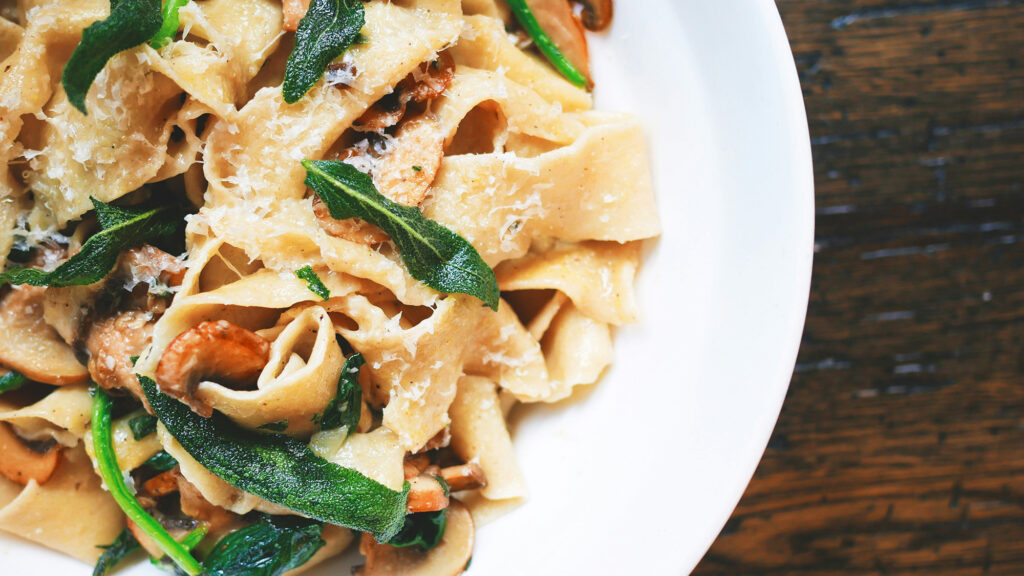Fried whole wheat poori and potato curry are common components of an Indian meal. The consumption of fried foods, such as poori, has been linked to an increased risk of several health problems, including type 2 diabetes, and cardiovascular disease. This is because fried foods are high in calories, saturated and trans fats, and refined carbohydrates, which can all contribute to poor glucose metabolism.
Healthy Ways To Eat Poori And Aloo Sabzi For Your Diet
• Try using alternative flours like almond flour or lupin to make the puris, as these flours have a lower glycemic index compared to refined white or whole wheat flour.
• Consider substituting starch-based sabzi with a protein-rich curry made with ingredients like paneer or tofu. This can help balance out the meal’s glycemic load and provide additional nutrients.
• Practice portion control and moderation when consuming these foods, as overeating can lead to a significant spike in blood sugar levels.
• Pair the meal with fibre-rich foods like vegetables or lentils to slow down glucose absorption and support more stable blood sugar levels.
Fried Whole Wheat Puri or Poori Bread is typically made with refined white flour or whole wheat flour, both of which have a medium to high glycemic index. This can cause a rapid spike in blood sugar levels, leading to hyperglycemia. Additionally, Potato Curry contains starch that can also contribute to a spike in blood sugar levels. To support healthy glucose metabolism, it may be beneficial to consume these foods in moderation and pair them with fibre-rich foods like vegetables or lentils.







